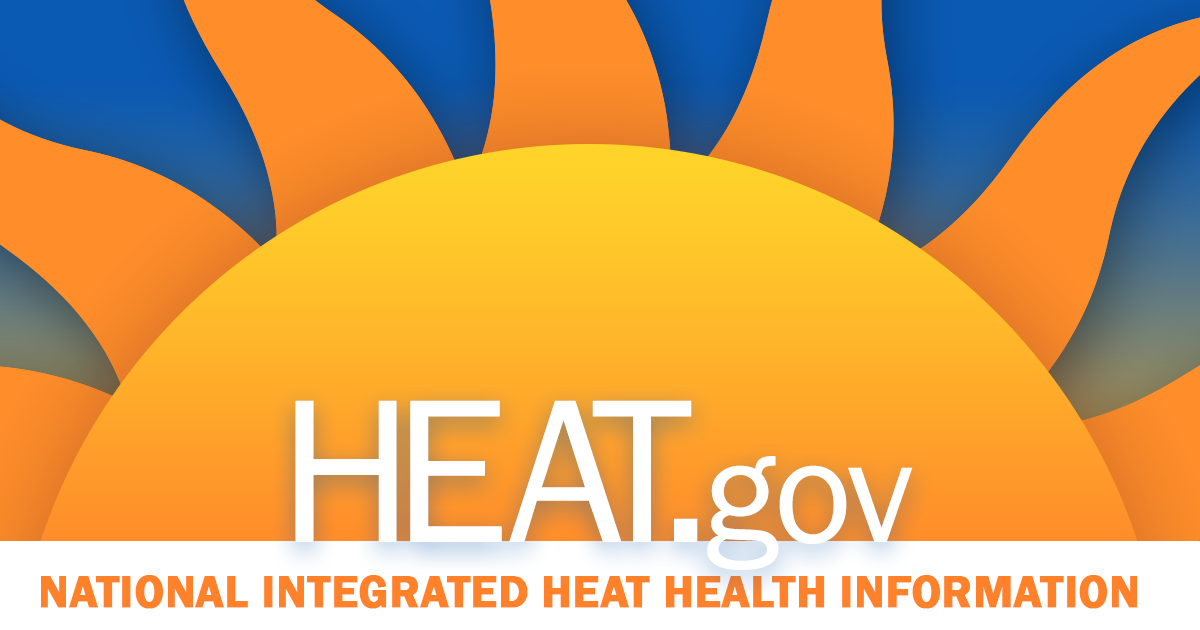Macro
Main result
Repository
Title
Date 2022 - present
Objectives
The main objective of this website is to provide decision makers, health professionals and other organisations, as well as the general public with clear, timely and science- based information to anticipate and reduce the health risks of extreme heat.
Location /geographical coverage
United States of America, national level
Organisation responsible for good practice
Biden Harris Administration and interagency National Integrated Heat Health Information System (NIHHIS).
Stakeholders and partners
The initiative is part of broader efforts by the government’s National Climate Task Force to address extreme heat and other impacts of climate change. Therefore, a set of major stakeholders and partners in building and supporting the website being composed mainly of: Biden Harris Administration, National Integrated Heat Health Information System (NIHHIS), National Oceanic and Atmospheric Administration’s (NOAA), National Weather Service, by the Department of Health and Human Services, Environmental Protection Agency, Federal Emergency Management Agency, National Institute for Occupational Safety and Health, U.S. Department of Veterans Affairs, U.S. Forest Service, National Institute of Environmental Health Sciences, Occupational Safety and Health Administration and Substance Abuse, Mental Health Services Administration and Esri, a geographic information system company.
Short summary
Extreme heat has been the greatest weather-related cause of death in the United States for the past 30 years — more than hurricanes, tornadoes, flooding or extreme cold — killing over 700 people per year. Therefore, the interagency National Integrated Heat Health Information System (NIHHIS) launched Heat.gov, a website that will provide a one-stop hub on heat and health for the nation as the latest measure to address extreme heat.
Impact
As extreme heat conditions impact millions of people in the USA, this site aims to help ensure that all communities, including the most vulnerable, have access to the data, tools and resources they need to mitigate heat impacts. Heat- related illnesses and death are largely preventable with proper planning, monitoring and education. Professionals from the health sector and decision makers are increasingly requesting governmental support to understand the complex and dangerous impacts of extreme heat, and so heat.gov helps to meet this growing demand for heat and health tools and information.
Innovation
Heat.gov is a website designed to help everyone become engaged with their community, their state-level government, and federal partners, to take actions that can reduce the deadly health impacts of extreme heat. The website includes heat planning and preparedness guides as well as information on NIHHIS programmes, events and news articles, heat and health programme funding opportunities and information to help at-risk communities. Moreover, the website leverages innovation and data to help deliver timely and accurate information to the public. These new tools will also allow health systems easy access to the information they need to promote heat resilience, ultimately improving patient and community health outcomes and the efficiency of health systems.
Lessons learned
Extreme heat is a global health threat and due to human-caused climate change, it is worsening. Reducing the risks of extreme heat requires a governmental effort, which is why Heat.Gov is being launched and managed, aiming to improve public health and help build Climate-Ready communities.
Sustainability
With funding from the Bipartisan Infrastructure Law, the Biden Administration has invested in programmes to build a resilient infrastructure that helps communities withstand extreme heat, drought, wildfires and other heat-related hazards. Thus, this website is a top priority of the American National Climate Task Force and its Interagency Working Group on extreme heat which creates synergies to all stakeholders involved to be aware of this issue and join forces to mitigate the dangerous impacts of extreme heat by having new and updated information and data on heat waves. In a top-down perspective, all governmental institutions starting with Biden’s Administration, along federal agencies, city officials, heat resilience officers, doctors, nurses, first responders, researchers and the general public are working on building a climate ready nation focused on societal heat resilience to jointly improve national, regional and local capacity to reduce the health, economic and infrastructural impacts of extreme heat.
Replicability and/or up-scaling
This website is an attainable tool for every country in times of urgency of extreme heat. Governmental institutions can easily create a state budget in order to build the website and promote synergies to connect all stakeholders to proceed on the same pathway focused on extreme heat resilience.
Contact details
Email: nihhis@noaa.gov
Address: 1315 East-West Hwy, Suite 1100
Silver Spring, MD 20910
Related Web site(s)
Related resources that have been developed




